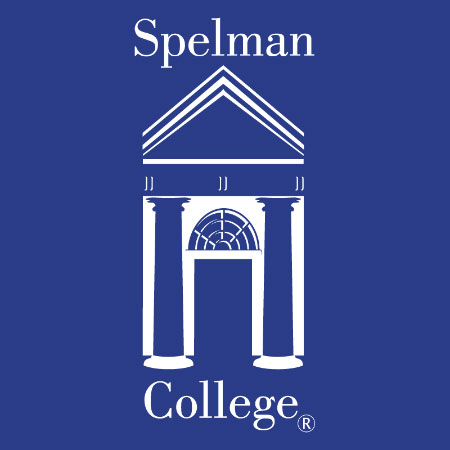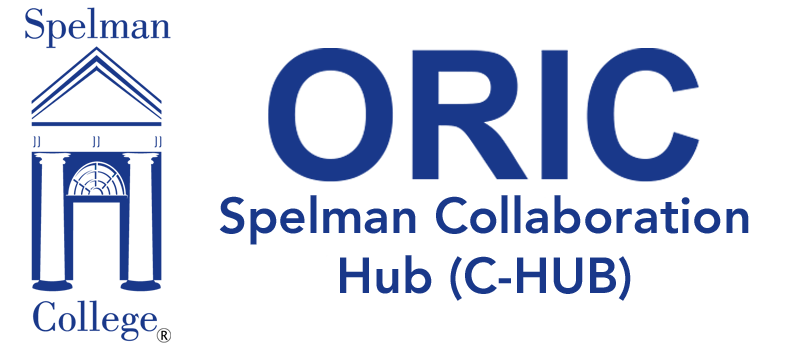
Faculty Name
Mark Maloney, Ph.D.
Title
Co-Chair and Professor
Department
Biology
Phone
404-270-5719
Office Location
Albro-Falconer-Manley Science Center 281
Education
Ph.D., University of MassachusettsB.S., Tufts University
Biography
Book Chapters
Maloney, M. D. Carbohydrates. 2003. In Handbook of Thin-layer Chromatography, ed. B. Fried and J. Sherma, Marcel Dekker Press, pp. 445-470.
Maloney, M. D. Thin-layer chromatography in microbiology. 1996. In Practical Thin-layer Chromatography, ed. B. Fried and J. Sherma, CRC Press, Boca Raton, pp. 19-31.
Maloney, M. D., and C. A. Lingwood. CD19/CD77 interaction: a novel mechanism for B cell adhesion. 1995. InLeucocyte Typing V: White Cell Differentiation Antigens, ed. S. Schlossman et al., Oxford University Press, Oxford, pp. 1680-1683.
Grant Support
Co-PI (with Dr. Jean-Marie Dimandja, PI; Dr. Nripendra Bose, Dr.Beatriz Cardelino, Dr. Tasha Innis) Acquisition of a Comprehensive Multi-Dimensional Gas Chromatograph with Time-of-Flight Mass Spectrometry Detection(GCxGC-TOF MS), National Science Foundation, 2009-2012.
Principal Investigator, Functions of the glycolipid Gb3 related to putative glycolipid-binding proteins in Burkitt’s lymphoma. National Institutes of Health, Research Infrastructure in Minority Institutions/Center for Health Disparities Research Seed Award, 2009-2011.
Principal Investigator, Role of globotriaosyl ceramide (Gb3 or CD77) in apoptosis in Burkitt's lymphoma, National Institutes of Health, Minority Basic Research Support (MBRS)/Support of Continuous Research Excellence (SCORE) Grant, 2004-2009.
Service Highlights
Service on several college committees including Faculty Council President, Resource Allocation Committee, Tenure and Promotion Committee, Commencement Committee, Honorary Degree Committee, co-chair of Institutional Review Board, Institutional Animal Care and Use Committee (AUC-wide), Faculty Council, Faculty Handbook Committee, Writing Program Advisory Committee, Library Committee, Spelfolio jury; Co-op Faculty Advisory Group; Standards of Excellence panel; participation as workshop facilitator, in focus groups, on steering and search committees.
Service in externally funded programs including service on the internal advisory committees for NIH/RIMI program, NIH/RISE and NSF/SISTERS programs, Interim Director of RIMI program, Acting Director of RISE program, campus coordinator for NIH/MEDIC-B program, Minority Affairs Committee fellow for the American Society for Cell Biology. Additional service as AP Biology Reader and attendee of workshops related to pedagogy and shared governance.
Student advisor, service on curriculum revision, search, Phi Beta Kappa nominations and other departmental committees.
Related Interest/Organizations
American Society for Microbiology, International Society for Interferon and Cytokine Research, American Society of Parasitologists, Georgia Academy of Science, Georgia Ornithological Society.
Courses Taught
ImmunologyBioinformatics
Parasitology
General Biology
Microbiology
Interdisciplinary Science Course
Research Interests
Dr. Maloney has a longstanding interest in the functioning of the immune system, initially in the fields of immunoparasitology and bacterial pathogenesis, and more recently in the area of B cell development. The glycosphingolipid Gb3 (CD77) serves as receptor for the Shiga toxins produced by "Escherichia coli and Shigella. However, the normal cellular functions of Gb3 are less well defined.
Dr. Maloney's research focuses on identifying human proteins that interact with Gb3 and characterizing the cellular functions of Gb3 including its role in apoptosis pathways, cell adhesion and alpha-interferon signal transduction in Blymphocytes and Burkitt lymphoma cells.
Publications
Maloney, M. D., and C. A. Lingwood. 1994. CD19 has a potential CD77 (globotriaosyl ceramide)-binding site with sequence similarity to verotoxin B-subunits: implications of molecular mimicry for B cell adhesion and enterohemorrhagic E. coli pathogenesis. Journal of Experimental Medicine, vol.180: pp. 191-201.
Maloney, M. D., B. Boyd and C. A. Lingwood. 1999. CD77 expression modulates interferon-alpha-induced growth inhibition and CD19 expression in a Burkitt’s lymphoma cell line. The Glycoconjugate Journal, vol. 16: pp. 821-828.
Jackson, T., C. Van Exel, K. Reagans, R. Verret and M. Maloney. 2001. Comparison of adhesion mechanisms in CD77-positive and CD77-negative Burkitt's lymphoma cells. Cellular and Molecular Biology, vol. 47: pp. 1195-1200.
George, T., M. Price, B. Boyd, C. Lingwood, and M. Maloney. 2001. MHC class II proteins contain a potential binding site for Shiga toxin (verocytotoxin) receptor glycolipids. Cellular and Molecular Biology, vol. 47: pp. 1179-1185.
Maloney, M. D., and C. A. Lingwood. 2003. Synergistic effect of verotoxin and interferon-alpha on erythropoiesis. Cellular and Molecular Biology, vol. 49: pp. 1363-1369.
Maloney, M., S. Bishop, G. Torrence, and M. DeLeon. Comparison of Total Lipid Composition in Gb3-Positive and Gb3-Deficient Burkitt's Lymphoma Cells. Journal of Liquid Chromatography and Related Technologies, vol. 28: pp. 2571-2580.
Rutjes, N., B. Binnington, M. Peter, M. Maloney and C. Lingwood. 2002. Differential tissue targeting of verotoxin 1 and verotoxin 2 in the mouse animal model: correlation with pathogenesis. Kidney International, vol. 62: pp. 832-845.
Maloney, M.D., I. Imumorin and C. Bauerle. 2007. Teaching Millennial Science Students in the (Bio)Informatics Age. Network: a Journal of Faculty Development.
Maloney, M., J. Parker, M. LeBlanc, C. Woodard, M. Glackin, M. Hanrahan. 2010. Bioinformatics and the Undergraduate Curriculum. CBE-Life Sciences Education, vol. 9: pp 172-174.
